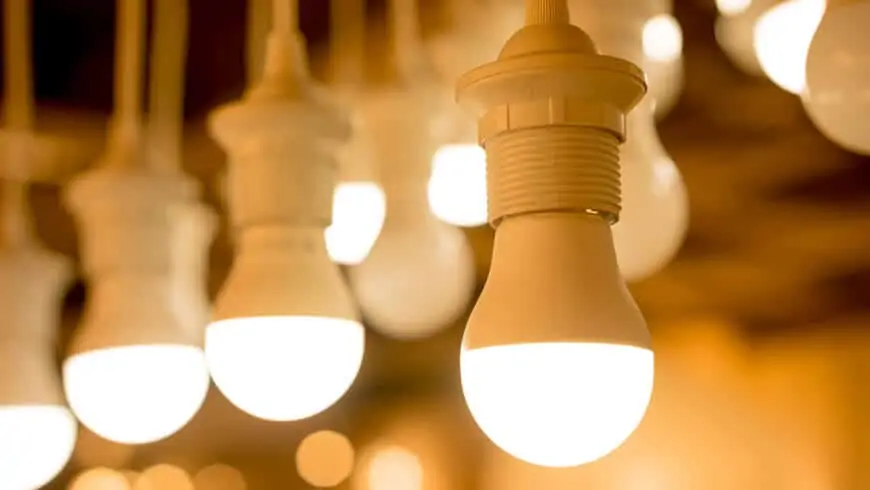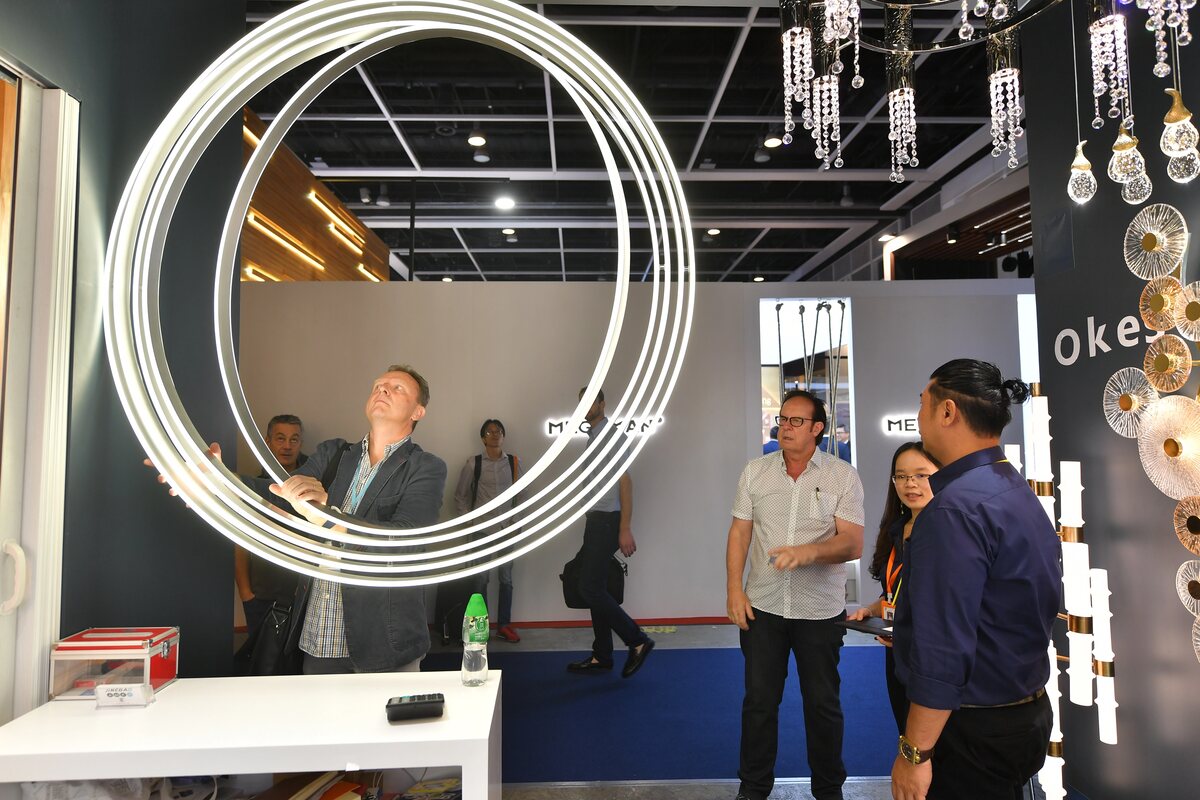The Indian lighting industry has seen the journey from the earlier incandescent bulbs to energy-saving LED lights and is evolving with significant market growth projected over the next five years. Urbanization, infrastructure development, and awareness of energy efficiency drive this growth. Today, the lighting market in India is expanding across different product segments and applications. In this edition of the Editor’s Take series, we explore the Indian lighting market – the key trends and innovations and how they shape its future in the next decade. The focus shall not be just on India’s traditional lighting market but also on smart lighting solutions across different sectors such as commercial, industrial, and residential.
Overview of the Indian lighting market

The Indian lighting market is growing strongly and expects to register a CAGR of 15.7% from 2024 to 2029. Many factors contribute to this growth. The government plays a key role through its numerous central and state initiatives promoting energy-efficient solutions. Furthermore, technological advancements in the industry promote this growth. Lastly, the demand for smart lighting solutions has been increasing in both rural and urban areas, which also adds to the high growth rate of the lighting market. The market is divided by product types (luminaires/fixtures and lamps), light sources (LED and conventional), and application areas including commercial, industrial, outdoor, and residential lighting.
Basic product categories
Luminaires and fixtures
There has been an evolution in this product category with the rise of customer expectations. Conventional fluorescent and incandescent fixtures are now outdated and energy-saving solutions that integrate seamlessly in any space are opted more. Smart luminaires, for instance, come with features like automated brightness control, remote management, and compatibility with IoT devices, which are now widely adopted in both residential and commercial sectors.
Lamps (conventional and LED)
LEDs have gained significant prominence in the past few years in Indian households due to their energy-saving and long-lasting qualities. This is evident from the fact that the Indian LED lighting market alone reached US$ 4.2 billion in 2023. However, the rural and undeveloped areas still lag in the adoption of LEDs and traditional lighting solutions are more preferred. The high initial cost of installation is a major factor for the slow transition to LEDs in specific industrial and cost-sensitive regions. That said, the overall transition towards energy-saving LED solutions continues to gain momentum, supported by government subsidies and consumer awareness campaigns.
Key trends shaping the future of India’s lighting industry
Growing demand in commercial and industrial sectors
The growing importance of energy efficiency and sustainability in the commercial and industrial sectors has led to innovations in the lighting industry. Big commercial spaces like offices, shopping malls, retail stores, hospitals, etc. are adapting to use lighting that not only enhances ambience but reduces energy bills and complies with green building standards. In the same way, industrial lighting is also inclining more towards energy-efficient solutions like high-bay LED fixtures which are suitable for warehouses and manufacturing plants as they require less maintenance and lower energy consumption.
Infrastructure development and outdoor lighting
India, which was earlier an agricultural nation, is rapidly urbanizing with people migrating from towns to cities in search of jobs, education, and a better lifestyle. This has led to extensive development of infrastructure such as such as highways, airports, smart cities, and commercial hubs. Consequently, the demand for outdoor lighting solutions, particularly in public spaces like streets, parking lots, and parks, has also grown.
Residential lighting: From basic to smart solutions
The concept of lighting for homes has also seen a transition. It’s not just about good lighting anymore. It is about smart solutions that are affordable and energy efficient. With the advancements in technology, the demand for automated lighting systems that can be controlled via smartphones or voice-activated devices is also gaining popularity among homeowners. Innovations such as multi-colour, dimmable, and energy-efficient bulbs also contribute to the growth of this segment.
Government initiatives
Programs like UJALA (Unnat Jyoti by Affordable LEDs for All) have catalyzed the adoption of LED lighting in cities and villages. One of the major goals of the Smart Cities Mission is to create sustainable and energy-efficient environments. The Bachat Lamp Yojana is a public-private partnership scheme that aims to replace large-scale incandescent bulbs with CFLs.
Competitive market
The Indian lighting market is highly competitive, with both domestic and international players vying for market share. Key players include Signify N.V. (formerly Philips Lighting), Havells, SYSKA, Wipro, and Bajaj Electricals Ltd. These companies are focusing on product innovation, mergers, and partnerships to strengthen their market presence and provide for the changing demands of Indian consumers.
Challenges and opportunities
There are many challenges despite the rapid growth of the Indian lighting industry. One of the major concerns is the slower adoption of energy-efficient lighting in rural areas due to the cost and lower awareness of people. The government subsidies try to balance the affordability issues in rural areas but, the high initial cost remains a barrier for lower-income and BPL households. The projection of a slowdown in India’s real estate and construction industry could also negatively impact the residential lighting market.
But, every challenge presents an opportunity for innovation. Leading companies are focusing on making cost-effective products that satisfy the diverse needs of India’s urban and rural populations.
Lighting industry in India – The road ahead
The growth of India’s lighting industry is supported by innovations in technology, government policies, and rising consumer demand. While LED lighting dominates the market, opportunities exist across various product categories, sectors, and applications. LiFi is another innovation that is going to change lighting and electronic technology completely. As urbanization, infrastructure development, and the shift towards smart, sustainable solutions continue to shape the future, India’s lighting market will see both challenges and opportunities, making it one of the most dynamic sectors in the country.
LED lighting : A comprehensive guide for professionals! (shop online)
LED lighting has revolutionized the game of the home and commercial illumination. LED lights such as strip, ceiling panel, bu


























